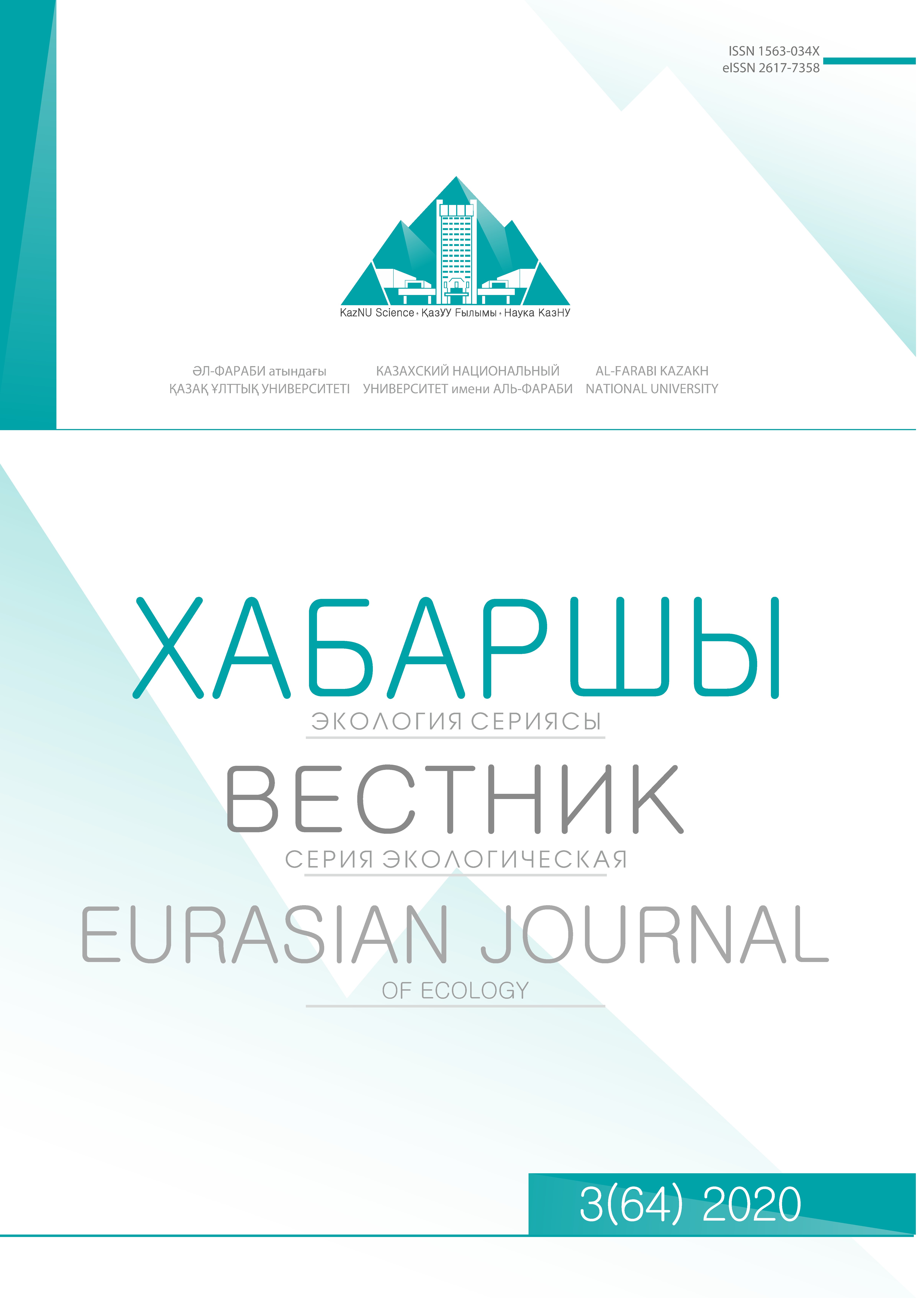Difference in phytic acid content and phytase activity between spring wheat variety and new mutant lines
DOI:
https://doi.org/10.26577/EJE.2020.v64.i3.05Аннотация
Genetic variability in micronutrient bioavailability, which is dictated by low grain phytic acid (PA)
content, is limited in wheat varieties. The PA particularly enhances such a problem as it also related
to an attendant loss of indigestible complexed nutrients and charged proteins in the waste and results
in reduced their bioavailability in both humans and livestock. The new spring wheat mutant lines (M7
generation) developed on the genetic background of cv. Eritrospermum-35 through gamma irradiation
by 100 and 200 Gy using 60Co, were used for evaluation of grain PA content, the study of time germination on phytase activity (PhyA) and its organ-specific distribution. Our investigation showed the large
genotypic variation in PA content of the Eritrospermum-35 100 Gy- and 200 Gy-dosed mutant lines.
The 23 mutant genotypes of which mostly 200 Gy-treated lines had signifcantly lower grain PA content by
1.2- to 3.5-times than that parent, with its lowest mean of 0.78±0.02 mg g-1 in 100 Gy-dosed lines. The
variation in PhyA of cv. Eritrospermum-35 and mutant lines was dependent on time germination (3 and
6 hours) and doubling the germination time enhanced grain PhyA to 1.47-fold in cv. Eritrospermum-35,
and to 1.36-3.53-fold in mutant lines, indicating that the effect of germination on PhyA was strongly time
and genotypes related. Organ-specific distribution (grain, roots, and shoots) of PhyA in cv. Eritrospermum-35 and 100 Gy- and 200 Gy-dosed mutant lines different by grain PA content, in 12- and 24-hours
seedlings showed a gradual decrease in grains enzyme activity while its level in roots and shoots of both
hours’ seedlings was the same. A mutant line numbered 35/1, had maximum PhyA in grains, roots, and
shoots of 12-hour seedlings, which exceed the PhyA of cv. Eritrospermum-35 by 3.05-, 3.03- and 8.43-
fold, respectively, which is valuable in developing spring wheat cultivars with high PhyA




